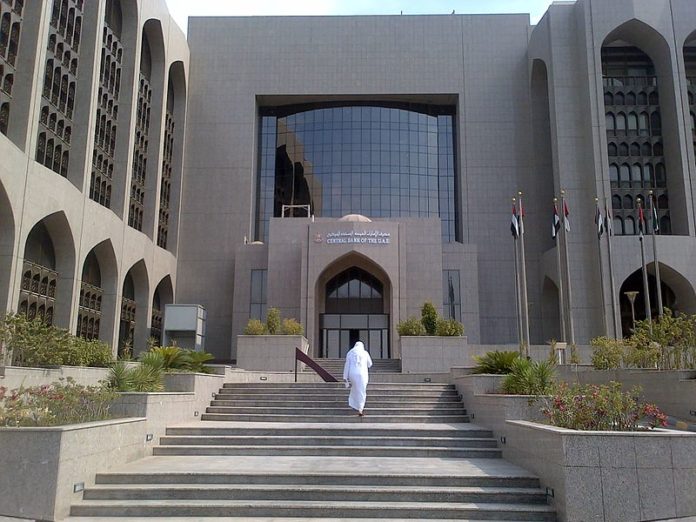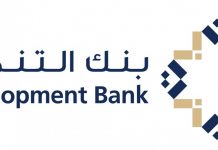Ratings agency Moody’s Investors Service has outlined a stable outlook for Gulf Cooperation Council (GCC) banks, underpinned by solid economic growth and strong capital buffers and substantial liquidity.
Capital is a major source of strength for the GCC banks and it will remain stable at a high level, said the agency in an official statement.
Read: IMF Says Mideast Markets Twice as Sensitive to Global Risk as Emerging Markets
The loan performance will weaken modestly but will remain solid. New problem loans will form primarily in the slowing construction and real-estate sector.
Moody’s expects non-performing loans to stand at a moderate 3.5 percent of total loans by the end of 2020, from an estimated 3.3 percent in 2019.
Moody’s outlook is stable for all GCC banking systems except Oman.
Moody’s maintains a “negative” outlook for the Oman banking system, “where asset quality will weaken as lower oil prices have dented government spending, and constrained government finances will limit banks’ access to funding and liquidity.”
“Government spending programs will push average non-hydrocarbon GDP growth to 2.6% in 2020, providing favourable operating conditions for the region’s banks,” said Nitish Bhojnagarwala, VP-Senior Credit Officer at Moody’s said on Monday. “Declining interest rates will start to pressure banks’ net interest margins but margins will remain strong compared with global peers.”
Read: Trade Woes Push IMF Global Growth Outlook to Decade-Low of 3 per cent
All major Gulf bourses, except Oman, rose on Monday evening, taking cues from international equity markets as investors turned optimistic. The Oman’s index traded flat.






